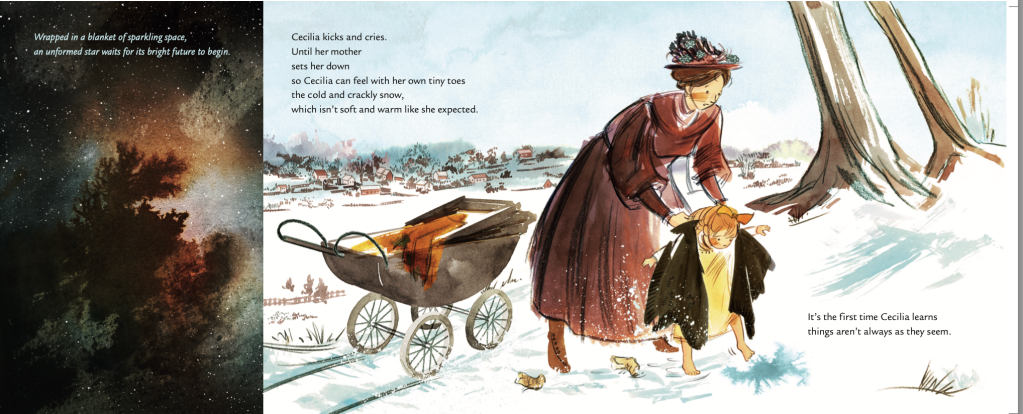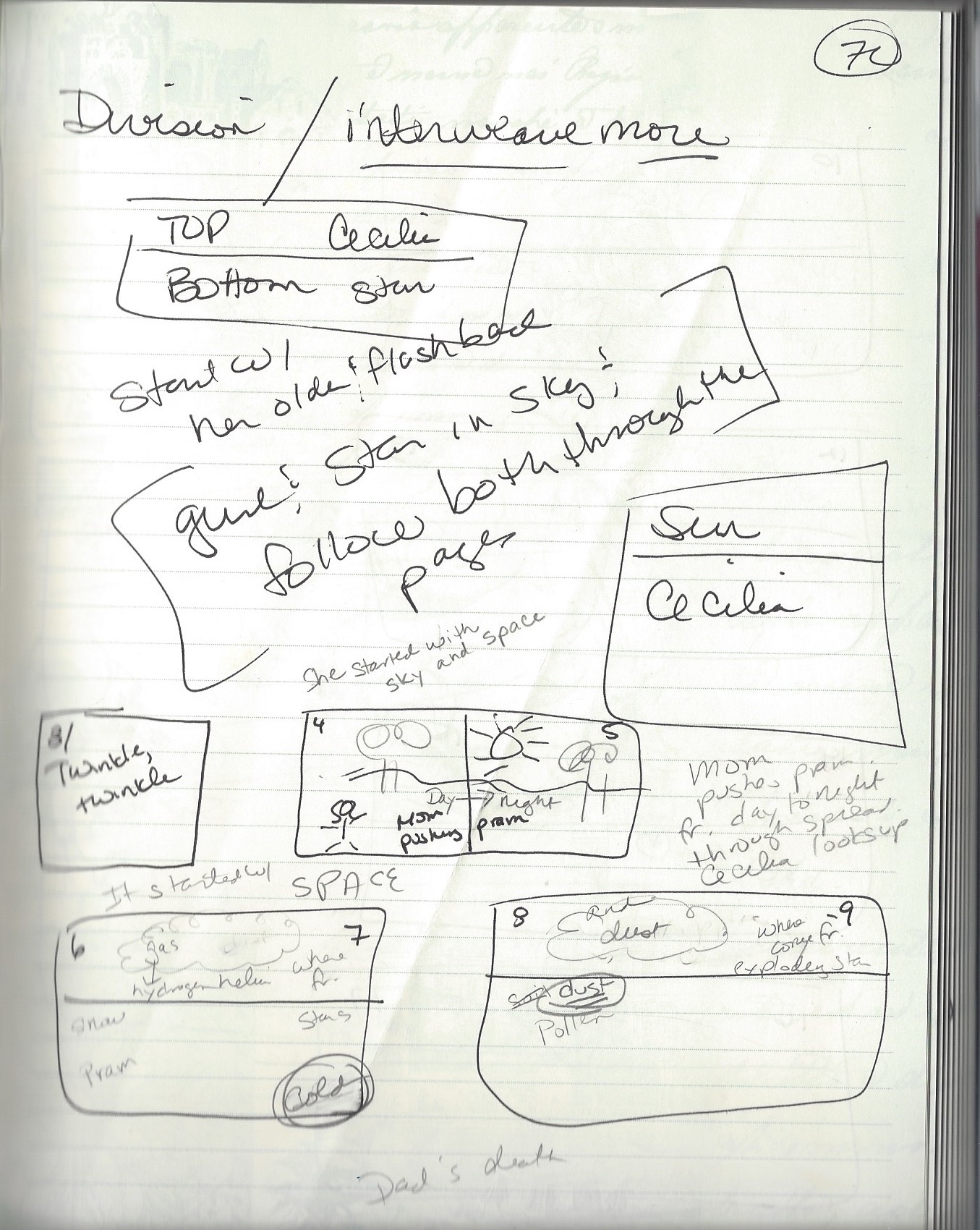Have you ever wondered how many tries it takes to nail the just-right opening for a book? The answer is — many!
Lea Maryanow recently asked me to contribute to her “Spot the Difference” series where she featured authors and their various attempts at their picture book beginnings. It was a wonderful opportunity to share the evolution of the opening for Wood, Wire, Wings: Emma Lilian Todd Invents an Airplane. I encourage you to read the rest of the entries in Lea’s blog series, here. Here’s my contribution:

As writers, we all know that opening lines are crucial for hooking the reader. But crafting the perfect opening often takes numerous revisions and rewrites. This was truly the case with my first picture book biography, Wood, Wire, Wings: Emma Lilian Todd Invents an Airplane, illustrated by Tracy Subisak (Calkins Creek, 2020). I learned so much about writing these books from editor Carolyn Yoder.
I began this book in February 2014 in Susanna Hill’s Making Picture Book Magic Class. One of my earliest drafts from March 2014 opened by establishing Lilian’s innate curiosity and tinkering spirit from a young age. Starting with a character trait is a common technique in picture book biographies:
Even as a child, Emma Lilian Todd couldn’t hold a bit of wire or scrap of tin without twisting and turning them, tinkering until she had something new. While most girls in 1860s played with dolls, Lilian transformed a toy and a Christmas tree topper into a working weather vane, her first practical invention.”
I sent my draft through my critique group soon thereafter. The opening of my next draft (May 2014) keeps this childhood anecdote but tightens the writing and adds more context contrasting Lilian with other girls of her era:
While many girls in the 1860s played with dolls, Lilian Todd toyed with bits of wire and scraps of tin. She couldn’t hold them without twisting and turning them, tinkering until she had something new. In her hands, a toy and a Christmas tree topper became a working weather vane. It was her first useful invention.”
I got my agent, Lara Perkins at Andrea Brown Literary Agency, with this draft. We then rolled up our sleeves and began to work on the manuscript together. During that process, I came up with a different opening in May 2016 (shown below). It drops the idea of Lilian being different from other girls, which could apply to almost any barrier-breaking woman of the time. Instead, I really leaned into what made Lilian unique, introducing her as a prolific tinkerer surrounded by her tools and materials:
Toolbox by her side, Emma Lilian Todd whacked and snapped and snipped. In her hands, wood, wire, and tin transformed into tiny airplanes. When she ran out of metal, Lilian saved tin cans from her supper. Ta-da! Propellers. But building model airplanes wasn’t enough for Lilian. She dreamed big…”
We went out on submission with the manuscript and got interest from Carolyn Yoder at Calkins Creek. But the manuscript wasn’t quite there. Carolyn asked for a revise and resubmit, which led to the opening below in January 2017. This time I pulled back, using a broad premise to frame the story as one about problem-solving:
When Emma Lilian Todd saw problems, she sought solutions. Some problems were small, like where to find tin to make her machines (Answer: She saved tin cans from her supper.) Other problems were huge. This is the story of how Lilian solved the biggest problem of her life — how to fly.”
Calkins Creek acquired the manuscript in early 2017, but there was still work to do. In April 2017 I submitted the final opening, which was accepted. It combines pieces from the previous versions into an evocative metaphor. I also improved the voice with some flight-related language. The final opening highlights Lilian’s problem-solving nature, captures the idea of her as a maker and tinkerer, and establishes her problem/goal.:
For Emma Lilian Todd, problems were like gusts of wind: they set her mind soaring. Sometimes the problems seemed small, like where to find metal to craft her inventions (Answer: She saved tin cans from her supper.) But soon Lilian’s challenges ballooned. This is the story of how Lilian puzzled out the most exciting problem of her day — flight.”
As you can see, it can take many years, lots of input, and many revisions to hit on that “just
right” opening. It’s a process. But if you stay flexible and open, you’ll hit on that
beginning that makes your story sparkle.























